What is this??????
Michael Hilber
last year
Featured Answer
Sort by:Oldest
Comments (10)
Helen
last yearKW PNW Z8
last yearRelated Discussions
What's coming up? What's coming back? What's probably not?
Comments (5)The only colorful bulbs are crocuses and a few Siberian squill, no open flowers yet, but you can see the colors in the closed blossoms. The daffodils don't seem to have even emerged yet. There's a pansy or two in bloom. Lots of other stuff going on  corn salad has come back; sorrel, thyme, and sage have leafed out. Brambles have leaf buds, some (blackberries) starting to break. Celeriac and just a couple of kale and chard plants seem to have made it through the winter....See MoreWhat’s the purpose of these planters and what goes in them?
Comments (25)This would be why you 'water' your foundations - pretty much all of Texas has clay soils, high temperatures, and random but alternating periods which vary in length, of drought then more rain than it can handle. Placement of the soaker hose that other posters have mentioned, seems to be a key factor in the success of your foundation watering process. OP, that skinny planter under the overhang and behind the larger one might be something that the builder did to keep roots from whatever is in the bed in front of it from growing and making their way into your crawl space. I can't be entirely sure because I'm not there to look at it in person. :P My parents had a bed planter along both sides of the garage which was on slab only, while the rest of the house had a raised foundation (this was in SoCal) and planters along that in front where the master bed/bath was as well as in the back where the other two bedrooms were. When they decided to extend the master bedroom about 6 feet and reducing the sqft of lawn from where the front of the house ended to the sidewalk, they had to add some additional supports that went down into the ground deeper than the ones that were there before and put in some kind of root barrier to keep plants with extensive root systems from eventually causing all of the supports underneath the entire extension from shifting and potential collapse in an earthquake or in the event of significant soil settlement. The neighborhood nearby had houses that sank and some that heaved upwards because the entire area used to be dairy farms. That one was all slab foundations, but whether the house was on a raised foundation or a slab, the possibility of sink or upheaval was a concern because the prior land use was dairy farming. Add to that, earthquake risks and frequent periods of drought, alternating with el nino weather events? We probably could have used some foundation watering ourselves. :P For the particular concerns about the clay soils where you are and the type of foundation you've got, I'd consider using containers, partial sun/partial shade plants, and hand watering with a hose for the narrow planter area underneath the overhang. The wider one in front of it, something with deeper roots but ones that don't grow like crazy in every direction and more of a ground-cover that is low growing/spreads horizontally more than vertically. I'd suggest going to a plant nursery (if you can find one locally that isn't at a big box chain store like Home Depot, Lowes, etc...that would be ideal) and asking them what they'd suggest, and show them photos taken of the areas you intend to plant in on your phone (since most people have cell phones and those tend to have cameras built into them) for reference....See MoreWhat type of edge? What color? What color grout?
Comments (3)Thank you I am leaning towards white grout. We want a very tight grout line. But I think I prefer a gap between counter and door frame.. I am not sure i would like the tile extending past the countertop...See MoreWhat’s doing well…. and what isn’t Sun tolerants, newbies and oldies
Comments (8)Your new June sure is loving it's new home! Heart and Soul looks good, too. I wonder if your teaspoons will have more elongated leaves being in more sun than the rounder ones I think happen in more shade? I'm not surprised to see the whites burning on High Society. It will be interesting to see what acclimates to more sun next year. I have one in sun that burns every year, and it just dawned on me to move it, lol. Ironically, it's Sun Power. It looks great in spring, which I suppose is why I've left it there, but it can't take the harsh sun we have by summer....See MoreMichael Hilber
last yearMichael Hilber
last yearKW PNW Z8
last yearMichael Hilber
last yearlinda campbell
last yearMichael Hilber
last yearIri
last year
Related Stories
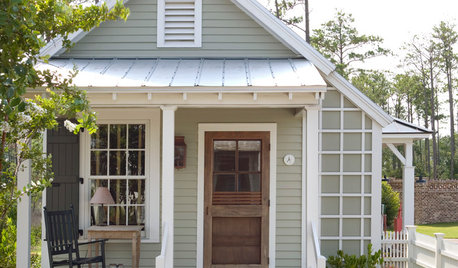
LIFEData Watch: What’s Great, and What’s Not, About a Smaller Home
Houzz asked more than 200 U.S. homeowners about life in 1,000 square feet or less. Here’s what they said
Full Story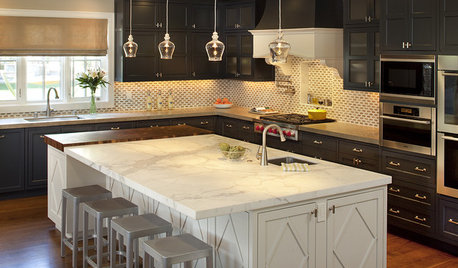
KITCHEN DESIGNBar Stools: What Style, What Finish, What Size?
How to Choose the Right Seating For Your Kitchen Island or Counter
Full Story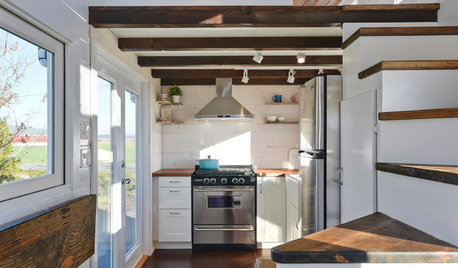
MOVINGHouzz Call: What’s Your Best Downsizing Tip?
Deciding what to say goodbye to can be hard, which is why we want to hear your hard-won wisdom. Please share your advice
Full Story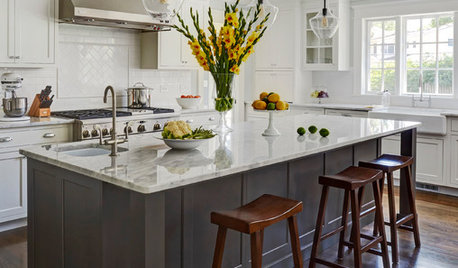
KITCHEN COUNTERTOPSWhat’s the Difference Between Quartzite and Quartz Countertops?
Weigh the pros and cons of these popular kitchen countertop materials
Full Story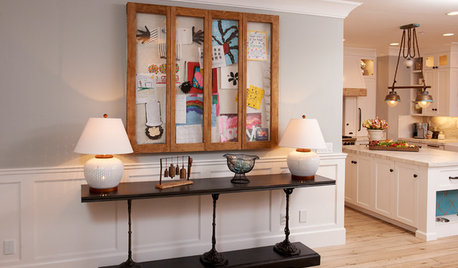
DECORATING GUIDESEdit Keepsakes With Confidence — What to Let Go and What to Keep
If mementos are weighing you down more than bringing you joy, here's how to lighten your load with no regrets
Full Story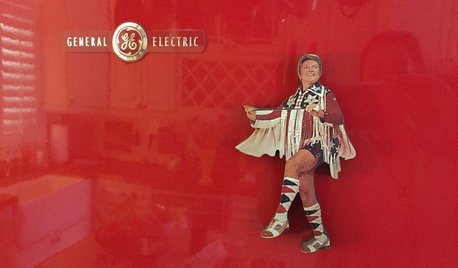
FUN HOUZZHouzz Call: What’s on Your Refrigerator?
Magnets, menus, children’s art, coupons, perfect-attendance certificates, song lyrics — what is fridge-worthy in your house?
Full Story
ROOTS OF STYLEArt Deco, Art Nouveau, Arts and Crafts: What’s the Difference?
If the zigzag and swirly designs of the past leave your head spinning, these descriptions will straighten you right out
Full Story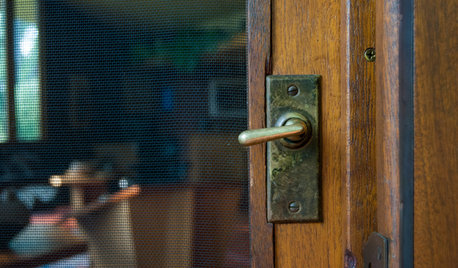
REMODELING GUIDESOriginal Home Details: What to Keep, What to Cast Off
Renovate an older home without regrets with this insight on the details worth preserving
Full Story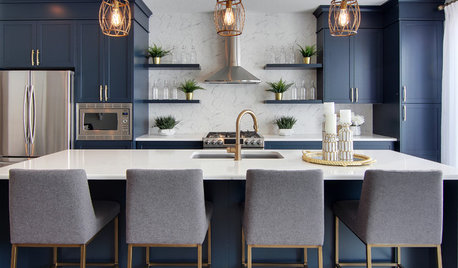
KITCHEN DESIGNWorking the Room: What’s Popular in Kitchens Now
We break down 9 kitchen design ideas that are making people happy — and show how to make them work for you
Full Story
MOST POPULARWhat’s Your Neutral: Beige or Gray?
A designer shares 10 tips for using the neutral shade that works best for you
Full Story


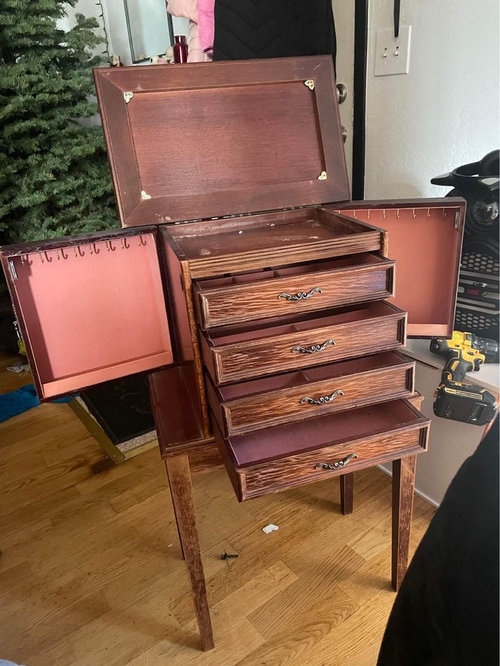
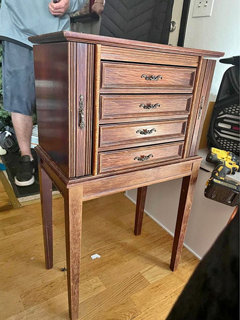
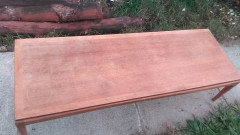
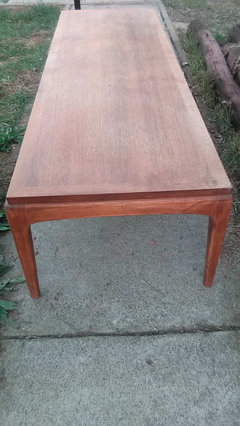
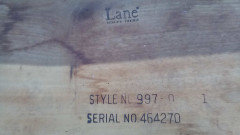

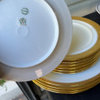



KW PNW Z8